This article first appeared in the Harvard Business Review. The views are of the author(s).
Did India just pull off a monetary and political miracle?
Consider the sequence of events in its demonetization saga. In November the government made a high-risk, high-stakes economic intervention in the world’s largest democracy, with an objective to reduce corruption. Overnight, 86% of cash in circulation was voided. In a country almost 90% cash reliant, chaos ensued. As I said at the time, it was a case study in poor policy and even poorer execution.
Four months passed. The country emerged with few obvious scars. Although the impact on corruption remains to be seen, Prime Minister Narendra Modi’s government was rewarded with victory in midterm state-level elections, seen as a referendum on its unprecedented action.
Short of any singing, dancing, and costume changes, this sequence could have been taken from Bollywood, a movie industry widely known for its fantastical flights of fancy.
India’s demonetization experiment has generated some important thinking about cash, corruption, data, and the digital economy. Let’s consider some new takeaways:
Demonetization Is Not the Best Tool to Root Out Corruption
The original reason given for the drastic demonetization action was to expose the so-called “black” market, fueled by money that is illegally gained and undeclared for tax purposes. The existence of this parallel economy is a substantial drag on the Indian economy: According to recently released data, only about 1% of Indians paid taxes on their earnings in 2013. When the policy change was announced, people were given until December 30, 2016, to return 500- and 1,000-rupee notes to banks, or else risk losing the value of them.
According to a Bloomberg report, banks were estimated to have received 14.97 trillion rupees (around $220 billion) by the December 30 deadline, or 97% of the 15.4 trillion rupees’ worth of currency demonetized. While the actual value of the currency deposited is still to be formally accounted for, there is little doubt that most of the invalidated currency was returned. Sorting through the money deposited and figuring out its legitimacy will take time. These rates of deposits defied expectations that vast troves of undeclared wealth would not find their way back to the banks and that black marketeers would lose this money since they would not be able to deposit their undeclared cash without being found out. This didn’t happen, presumably in part because of people’s ingenuity: They found many ways to get their money back into banks, whether it was legitimate or not.
It would have been better to demonetize less-commonly-used large-denomination bank notes (Larry Summers wrote about the idea here). India invalidated the 500-rupee and 1,000-rupee banknotes (worth approximately $7.50 and $15, respectively), which represented 86% of all currency in use. These widely used currencies affected a very large swath of people, from all parts of the socioeconomic spectrum, including the poor.
Besides, when corrupt people need places to park their ill-gotten gains, cash normally is not at the top of their list. Only a tiny proportion of undeclared wealth is held in cash. In an analysis of income-tax probes, the highest level of illegal money detection in India was found to be in 2015–2016, and the cash component was only about 6%. The remaining was invested in business, stocks, real estate, jewelry, or “benami” assets, which are bought in someone else’s name.
Some legal experts have argued that demonetization violates the law. They say the sudden extinguishing of the public debt owed by the government to the holder of the bank note results in the government taking an individual’s “movable property” away without easy access to a replacement or compensation.
Public policy for rooting out corruption calls for a systemic approach, with carrots and sticks to motivate cultural, institutional, and behavioral change in the long term. Silver bullets, such as drastic demonetization, don’t work.
Innovation and Creativity Emerged Around Digital Payments
The unqualified winners of the demonetization period were the mobile wallet players, with the market leader, Paytm, claiming 170 million users, with a traffic increase of 435%, and a 250% increase in overall transactions and transaction value. Arguably, the surge in business for mobile wallets was natural, at least for the 17% of the population that owned a smartphone in early 2016.
Here, the government’s innovative capacity shone through. The government-backed payment app, BHIM, facilitated electronic transfers between bank accounts; users could enter their unique, 12-digit Aadhaar ID number to make payments. The easy-to-use system works on an ordinary flip phone — no internet-enabled smartphone required. In other words, it was an inclusive solution, and, if the service continues to improve, it stands a chance of scaling up to India’s large market.
Plus, there are plans to mandate digital payments at gas stations, hospitals, and universities, with cash transactions over $4,500 banned altogether. Indian Railways will no longer levy a service charge on tickets booked online, and the government is removing duties on point-of-sale devices and fingerprint readers.
Putting aside the policy missteps, these moves are a shot in the arm to the ecosystem around digital payments and consumer-and-context-friendly technology.
Data Quality and Context Still Matter — a Lot
Official estimates from India’s Central Statistics Office (CSO) on GDP growth have shown that the economy grew at 7% in the quarter ending December 2016. This was exactly what was predicted in the CSO’s advance estimate, before demonetization. That means demonetization had no impact whatsoever on the economy, which is surprising, given the widely reported experiences of the closings of small factories and businesses, workers losing their wages, and projects being postponed.
There are several problems with the CSO’s figures. First, there is a lag between the time when estimates are made and when actual data comes in. Much of this estimation is done on the basis of models relying on past data, which is much less reliable when an event such as demonetization occurs. Second, the informal sector plays a disproportionate role in the country’s economy; by one estimate it produces 45% of the output and employs 94% of the workforce. It is the sector on which it is hard to get reliable direct data. The informal sector is also primarily cash-reliant and bore the brunt of demonetization.
Finally, India does not have reliable national retail sales data, so statisticians have to use production figures to estimate consumer spending. To compound the estimation challenges, these production figures include data only for listed companies, thereby underrepresenting the unregistered companies and informal manufacturing producers — the ones that are directly affected by the cash ban.
Consider some additional data for the last quarter of 2016. Commercial vehicle output, rail freight, service tax receipts, and home appliance sales showed a slowdown, causing some economists to set the GDP growth forecast at 6.4% instead of 7%. Also:
The fast-moving consumer goods industry reported around 1%–2% reduction in volumes. Hindustan Unilever Ltd (HUL) and Nestlé, two of the biggest names in the industry, reported drastic declines in profits and revenues. HUL experienced a 4% decline in sales volumes, according to BW Disrupt.
Tractor sales to farmers flush with cash after a healthy rainy season were weaker: Volume rose only 18% in October–December, down from 28% gain the prior quarter, reports Nikkei Asian Review.
Passenger car sales grew 1% on the year for October–December, down from 18% growth a quarter earlier. Maruti, India’s largest car manufacturer, had a 3.5% increase in car sale volumes, down from 18.4% growth in the previous quarter, according to a recap on Scroll.in.
In the case of two-wheelers (think scooters), sales declined 22% in December 2016, compared to the prior December, marking the highest monthly contraction since 1997, as reported on Business Standard.
The official economy-wide data struggled to reflect the reality on the ground precisely because cash transactions are fragmented and defy accurate data capture.
The Rise of the “Big Narrative” Continues
Ultimately, the public did not judge the Modi government’s actions on the basis of arcane issues, such as the percentage of money deposited in banks, what percent of illegal assets are held in cash, or the intricacies of how GDP growth is calculated. Every person living in India had to experience some form of dislocation or inconvenience. Despite that, the message that carried the greatest weight was that the government was acting, and acting decisively, on behalf of ordinary people to fight corruption.
As for those questioning the wisdom of the policy, the prime minister’s comments at an election rally in the state of Uttar Pradesh said it all: “On the one hand are those [critics of the note ban], who talk of what people at Harvard say, and on the other is a poor man’s son, who through his hard work is trying to improve the economy.”
On March 11 Uttar Pradesh gave the prime minister’s party a landslide election victory. While we celebrate the age of big data, it may be “big narrative” that drives the most-profound decisions: We’ve witnessed it in the UK, in the U.S., and now in India. When people feel that you’re fighting for them, it seems even the most concrete evidence, be it data or history, wields less and less influence. The world will face another test of this theory soon with the French elections next month and the Dutch elections tomorrow.
Ultimately, the victory of narrative over data may be the takeaway from India’s demonetization saga. And that may qualify as a plot for a Bollywood blockbuster after all.
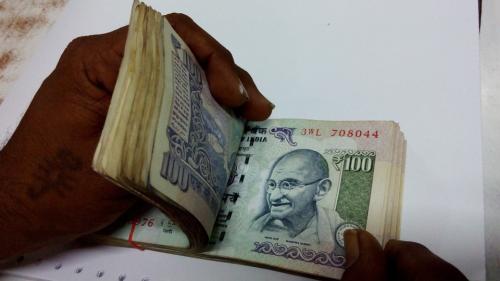
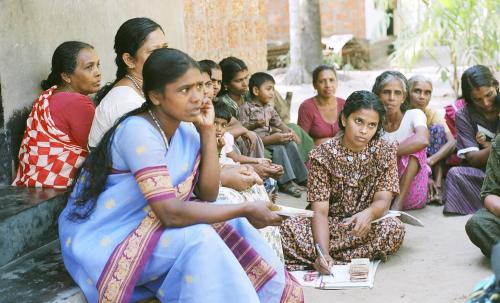
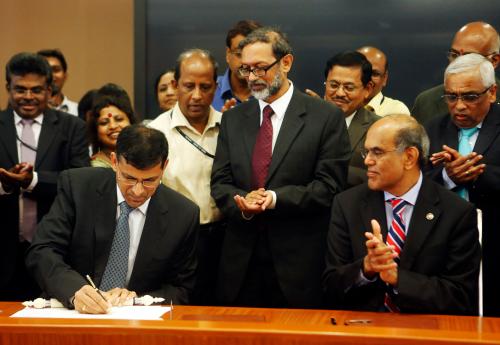

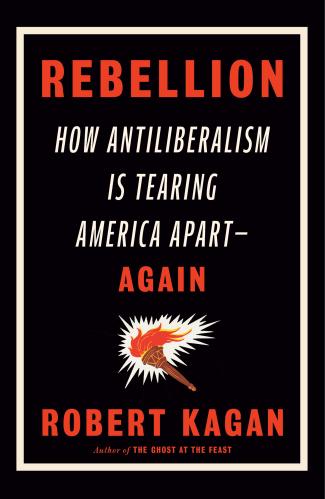
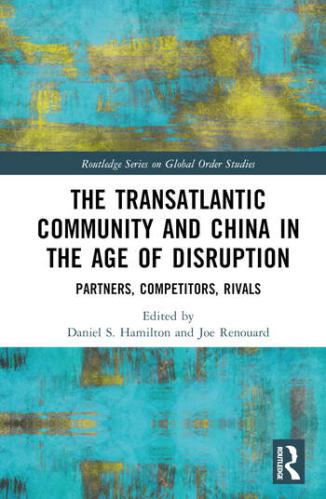
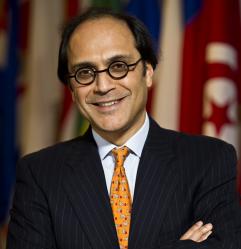
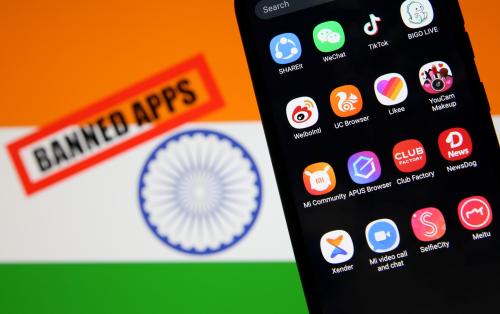


Commentary
Op-edEarly Lessons from India’s Demonetization Experiment
March 15, 2017